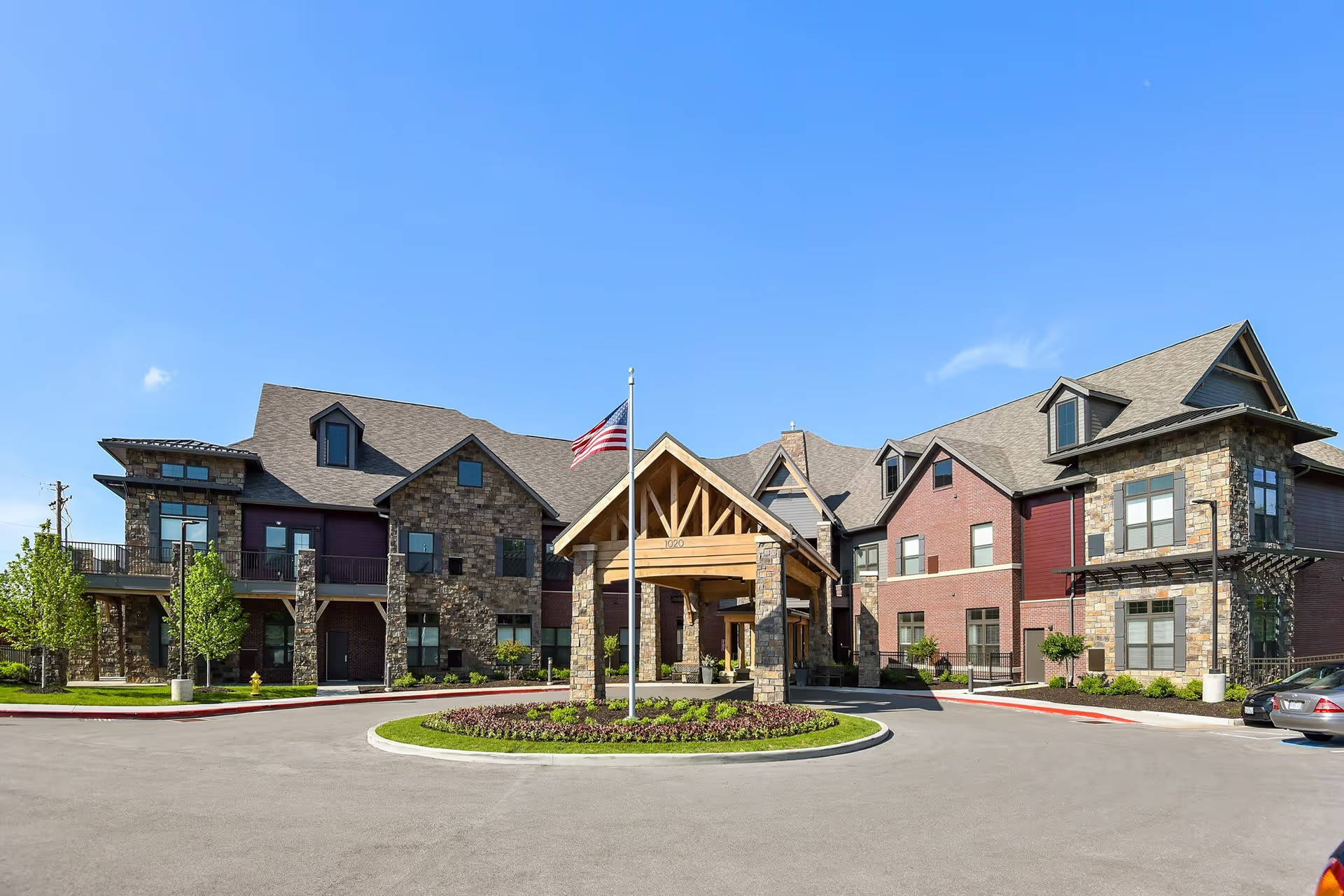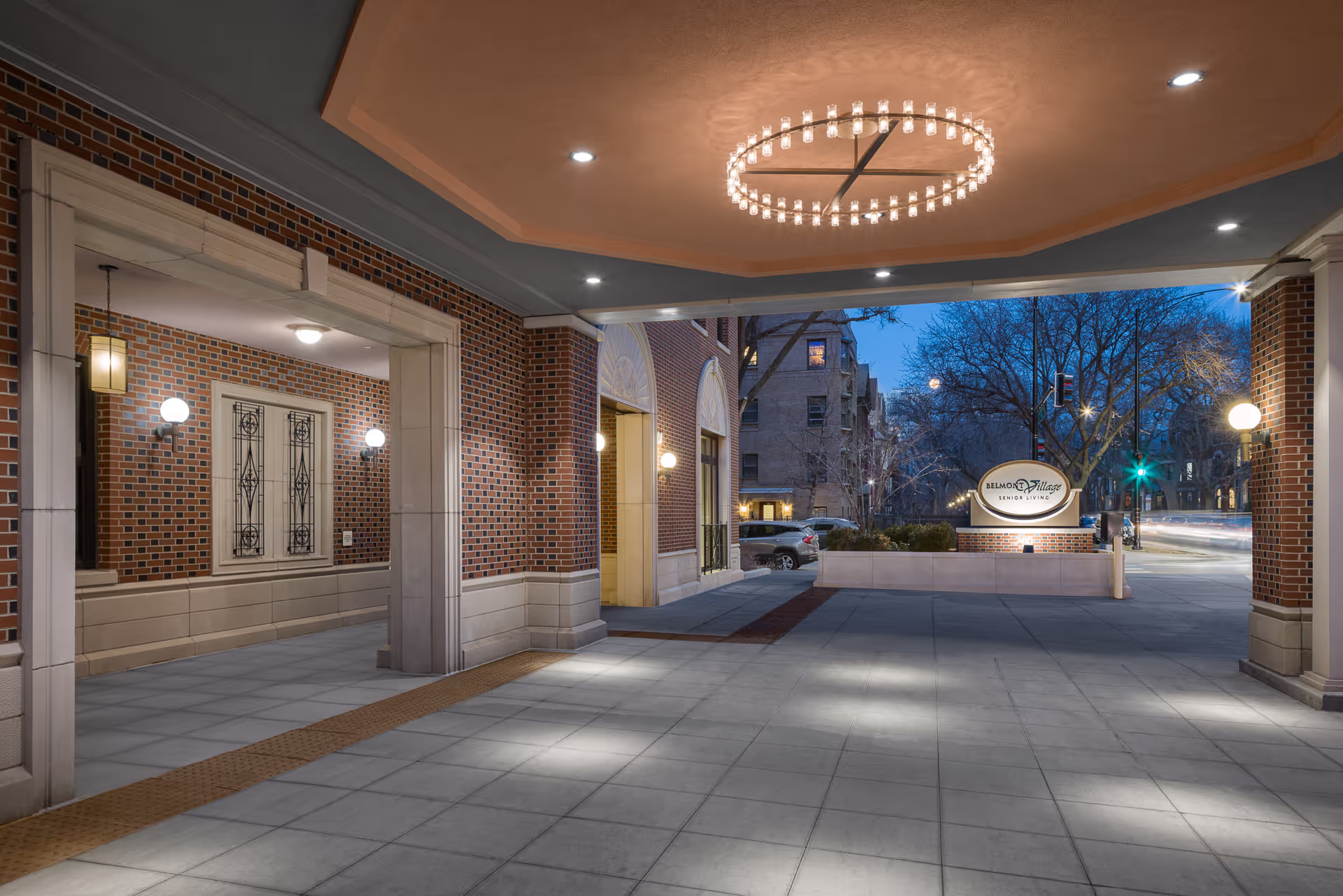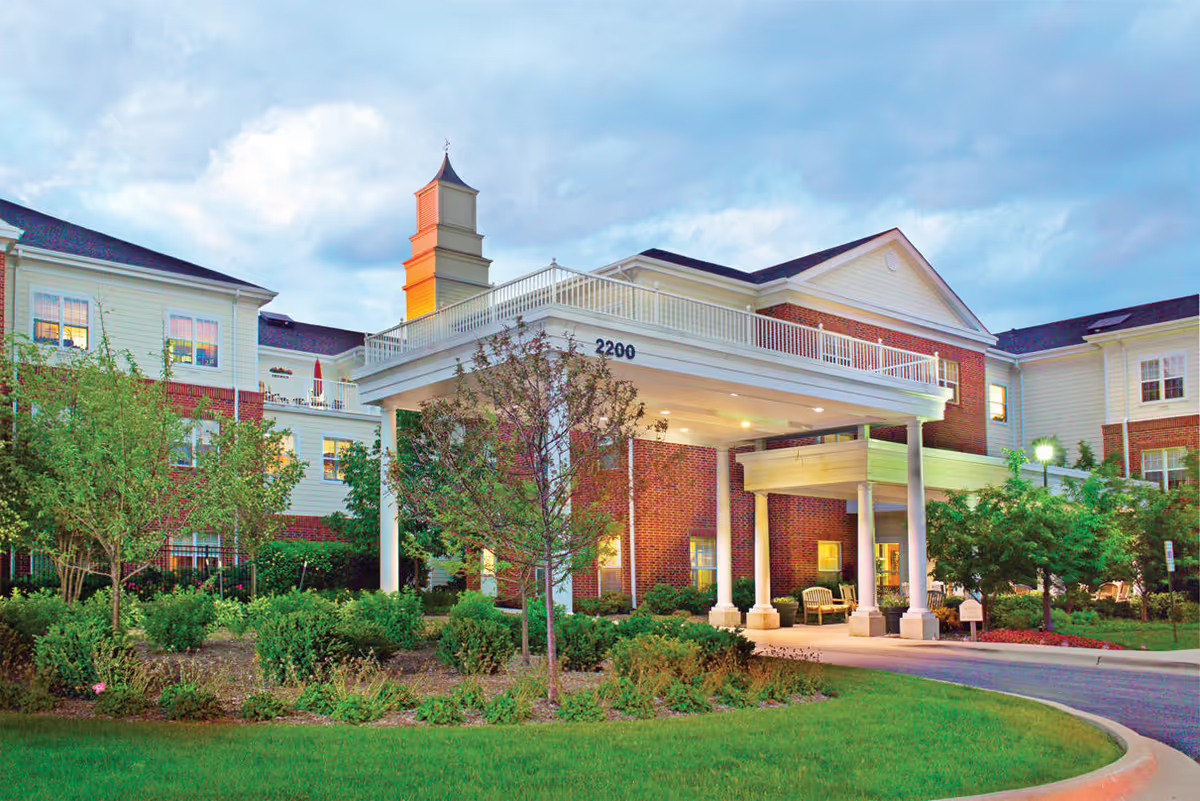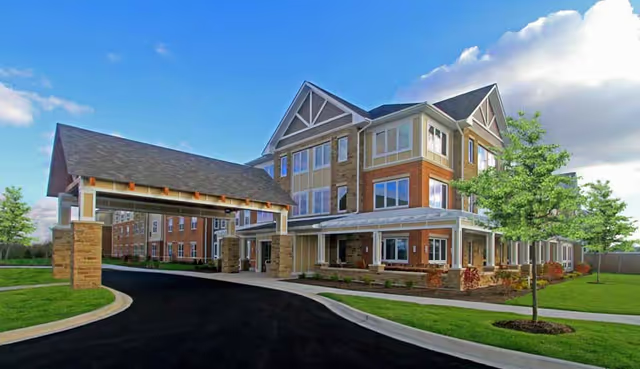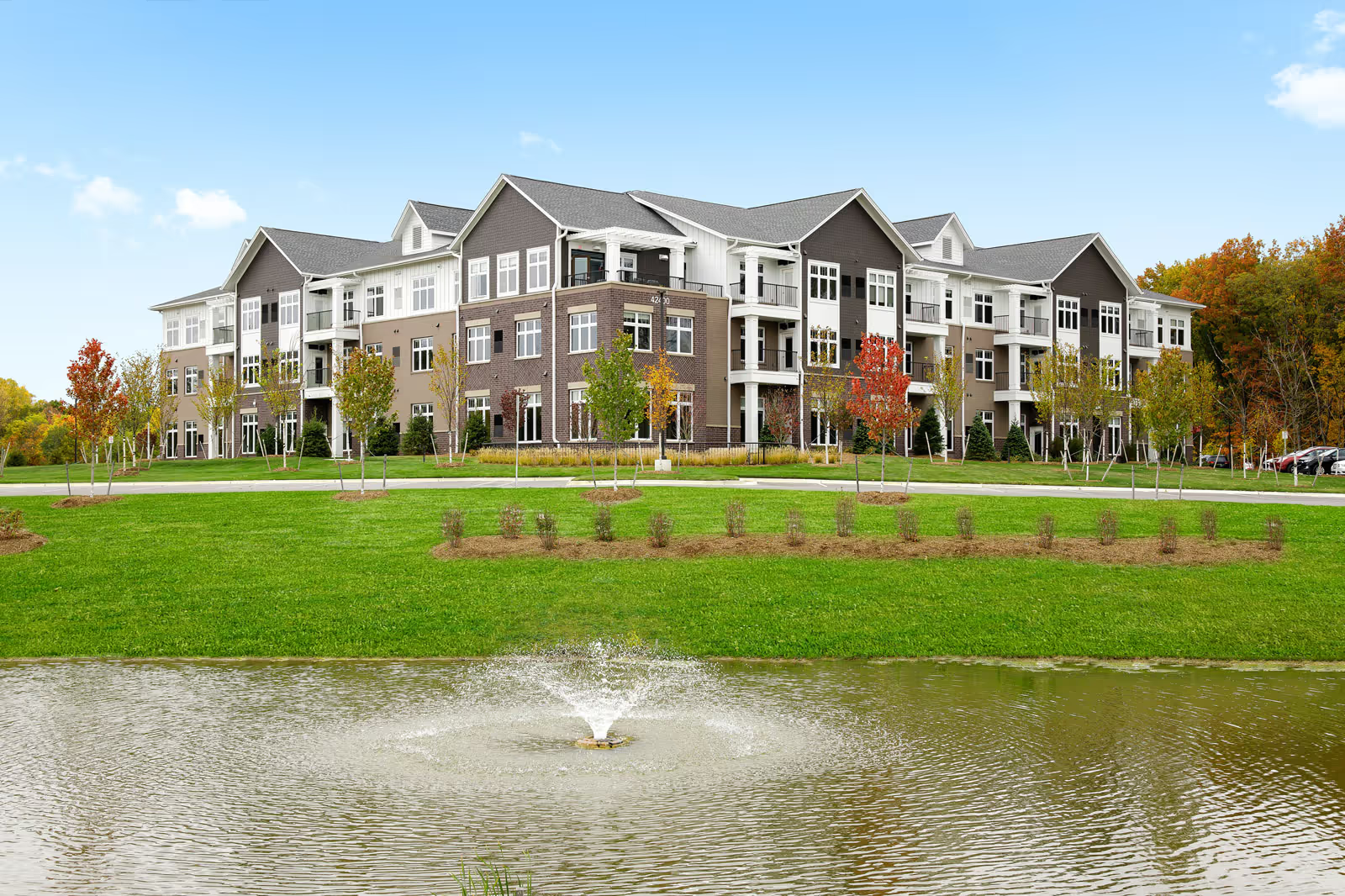Overall sentiment across reviews for The Waters of Georgetown (formerly The Villas of Guerin Woods) is strongly mixed, with a clear divide between reviewers who praise the facility for its caring staff and homelike environment and those who raise serious concerns about administration, staffing levels, and inconsistent care. Many reviewers describe the day-to-day atmosphere as warm, family-oriented, and supportive: staff are often called loving, respectful, compassionate, and genuinely passionate about elders. Several accounts highlight strong staff engagement during mealtimes, a cozy living room, family dining table, and attractive outdoor spaces such as patios with flowers and wildlife. For these families, the facility offers home-cooked meals, spacious bedrooms with private showers, and a small, non-overwhelming campus where residents can maintain autonomy and enjoy activities like music therapy. Admissions, case workers, and certain named employees (Angel, Angela, Villa 5 staff) received specific praise for helpfulness and attentive care.
At the same time, a substantial portion of reviews point to systemic problems that materially affect quality and consistency of care. Understaffing and overworked employees are recurrent themes; multiple reviewers explicitly say the facility is understaffed or poorly run. This shortage is linked to poor care planning in some cases, reports of staff turnover, and perceptions that activities are inadequate or tokenistic. Administrative responsiveness is inconsistent: some families report responsive administration and good communication about care plans, while others describe unresponsive office staff, lack of follow-through, and even allegations that families were lied to or blocked on social media. These contradictions suggest high variability in the resident experience depending on staff on duty, unit, or time period.
Medical and safety concerns appear in several strong criticisms. A reviewer singled out a nurse by name (Susan) as unprofessional to the point of recommending termination. Other accounts raise alarm about oxygen management practices and claims that residents were being pressured about therapy participation even when therapists reported compliance; there are also disturbing allegations of a rapid 24-hour transfer or forced psychiatric placement and at least one account asserting denial of emergency room access. These reports, if accurate, indicate potential lapses in clinical decision-making, communication, and resident rights that families should scrutinize closely.
Dining, housekeeping, and activities show mixed reviews. Many praise the home-cooked meals and festive touches (Christmas decorations, electric fireplace) and call the food comforting; however, others complain about food presentation and inconsistent housekeeping. Activities are a similar mixed bag: music therapy and certain programs are appreciated by some residents and families, while others label activities as a 'joke.' The small facility size is viewed positively by those who appreciate a homelike feel but is also linked to concerns that limited staffing resources make consistent programming and supervision difficult.
Facility appearance and specific personnel provoke varied reactions. Several reviews describe the campus as beautiful and the living spaces as spacious and well-decorated; maintenance staff are often called friendly. Conversely, isolated complaints name specific employees (a 'creepy' maintenance person named Eric) and describe heartless administrative behavior (e.g., staff or family members not saying goodbye). Pet policies and restrictions on staff/visitation were also mentioned negatively by one reviewer. These individualized allegations, alongside broader administrative criticisms (deceptive practices, blocking families on social media), contribute to the polarized reputation.
Taken together, the pattern is one of a facility with evident strengths—compassionate direct-care staff, a warm, homelike physical environment, and some strong programming—tempered by recurring operational weaknesses: understaffing, inconsistent management and communication, variable housekeeping and dining presentation, and isolated but serious clinical or ethical complaints. Prospective families should weigh the positive reports of daily warmth and individualized care against the risk of inconsistent administrative practices and clinical concerns. Recommended next steps for families considering this facility include: visiting multiple times at different hours to assess staffing and activities, asking for recent care plans and staffing ratios, requesting references from current residents’ families, and explicitly discussing medical protocols (oxygen, ER transfer policy, therapy participation) and the facility’s approach to complaints and social media communications.


